Monday, 29th Renette is made of sterner stuff and is not easily deterred. Given its history of many exciting sightings, she insists that it is just bad luck that Salitje Road S30 has been so dismal thus far. So for the fourth time we cross the Sabie and drive along the H10 to the Mlondozi turnoff where we turn left onto the S29. As so happens on still winter nights, mist settles in the hollows along the water courses.
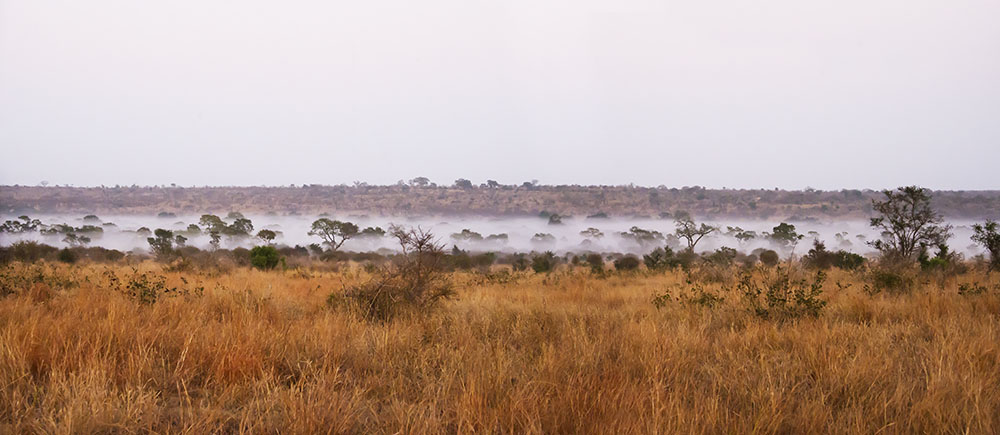
Whilst having coffee at the start of the S30 Salitje another motorist tells us that a leopard has just crossed the road behind us. And I’m afraid that that is the only excitement that we have this morning. Come to think about it, I have only taken one animal/bird photo along this road since we have been here – the Sable antelope.
However, another form of interest lies ahead. We get onto the high-level bridge H13 over the Sabie and I remind Renette that I have been searching for the elusive African Finfoot for years with no success. As if to make up for the barren Salitje, I find a lovely Finfoot specimen on a rock in the river. I would have happily traded him for a leopard so I am ecstatic.
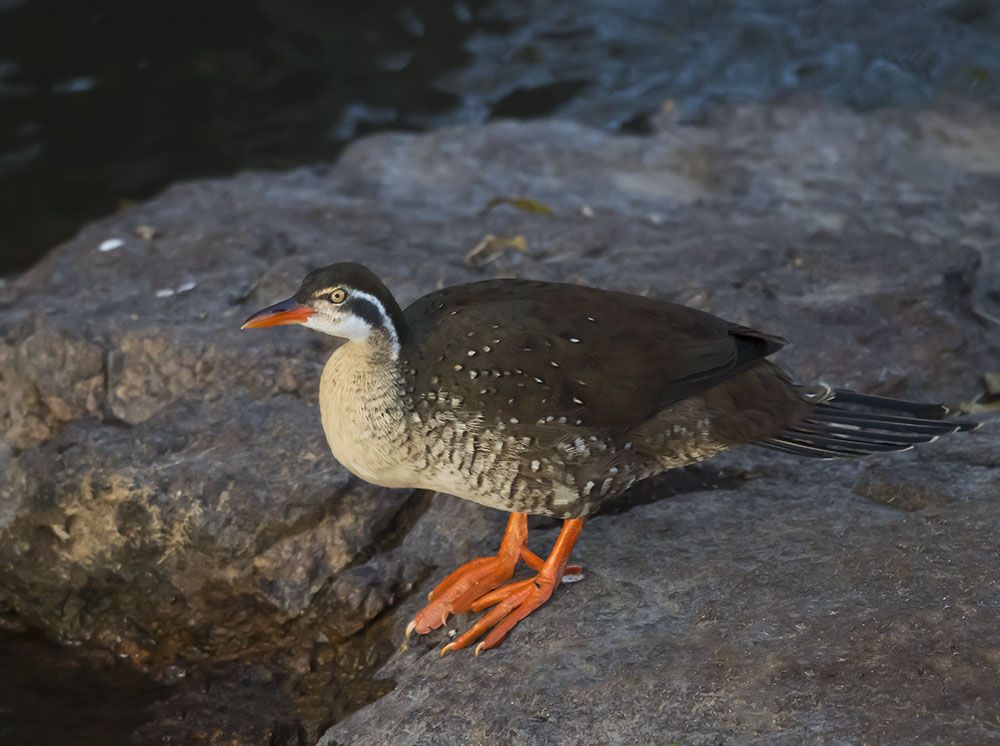
Thereafter a stop off at Nkuhlu and on to Lower Sabie. 1km from camp and we find some lions sunning themselves on the sand next to the river.
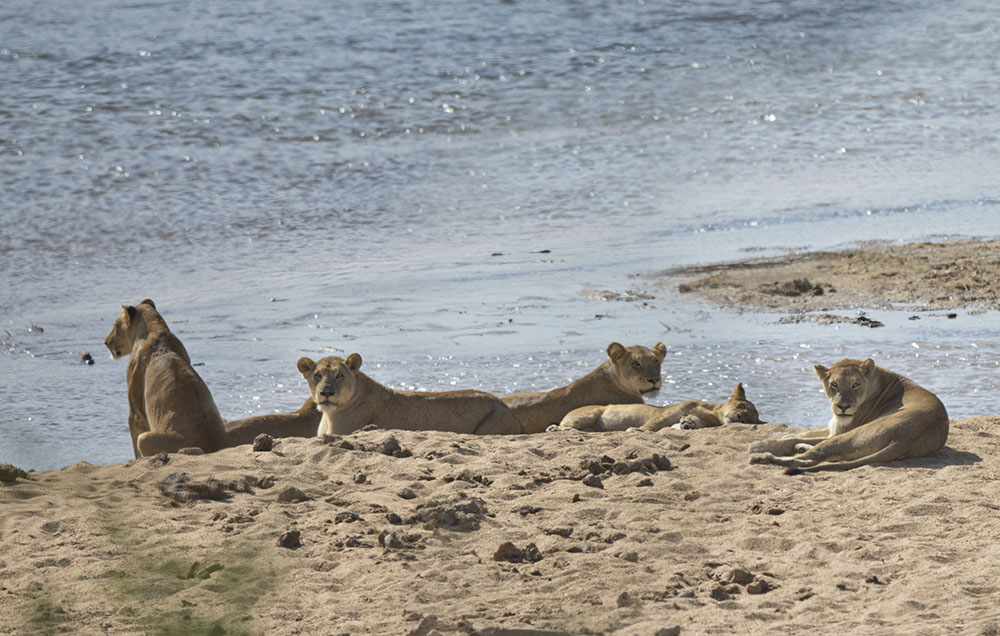
This afternoon we call at Sunset Dam. On the far side an elephant comes down to drink. Now I must explain that Blacksmith Lapwings make their nests in open ground and rely on camouflage to protect them. But if anything ventures near it is noisily attacked by the Blacksmith. Today our Lapwing launches an angry attack on the elephant which amusingly takes steps to defends itself.
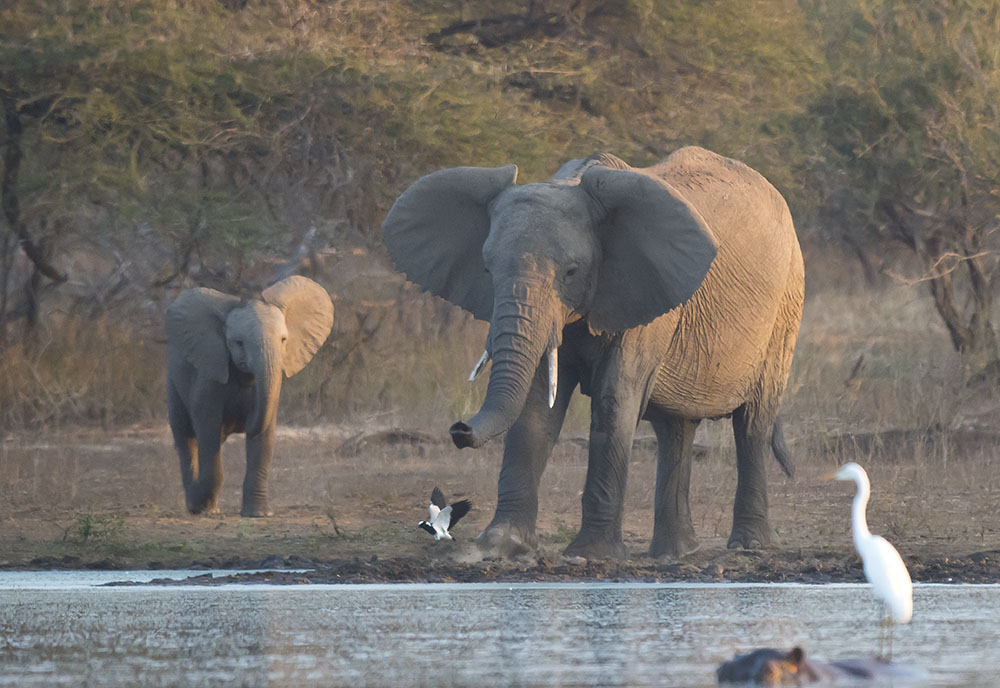
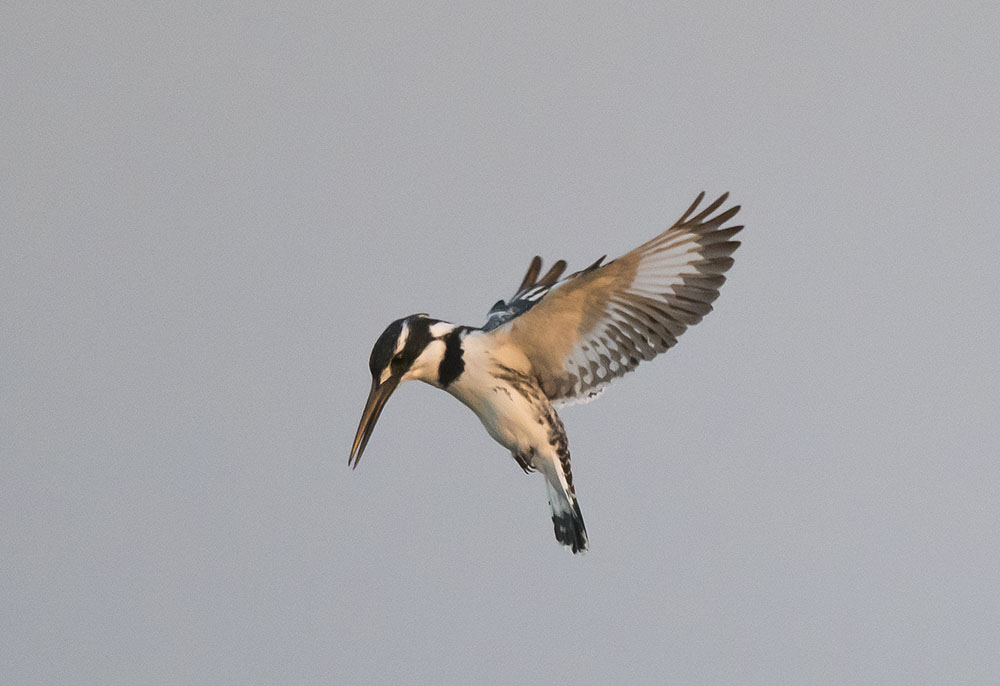
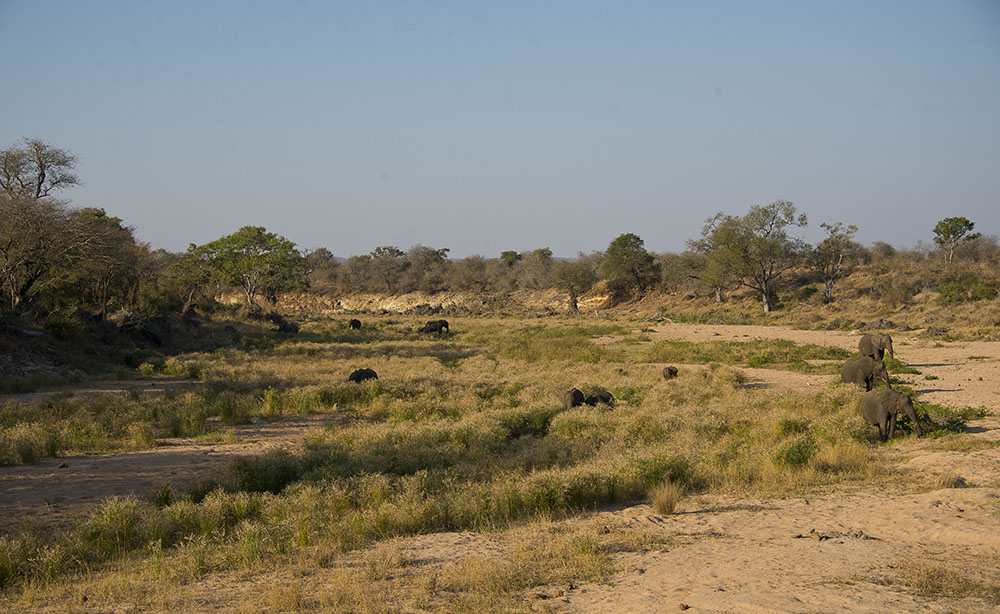
Up the road a young Martial Eagle perches in a leafy tree.
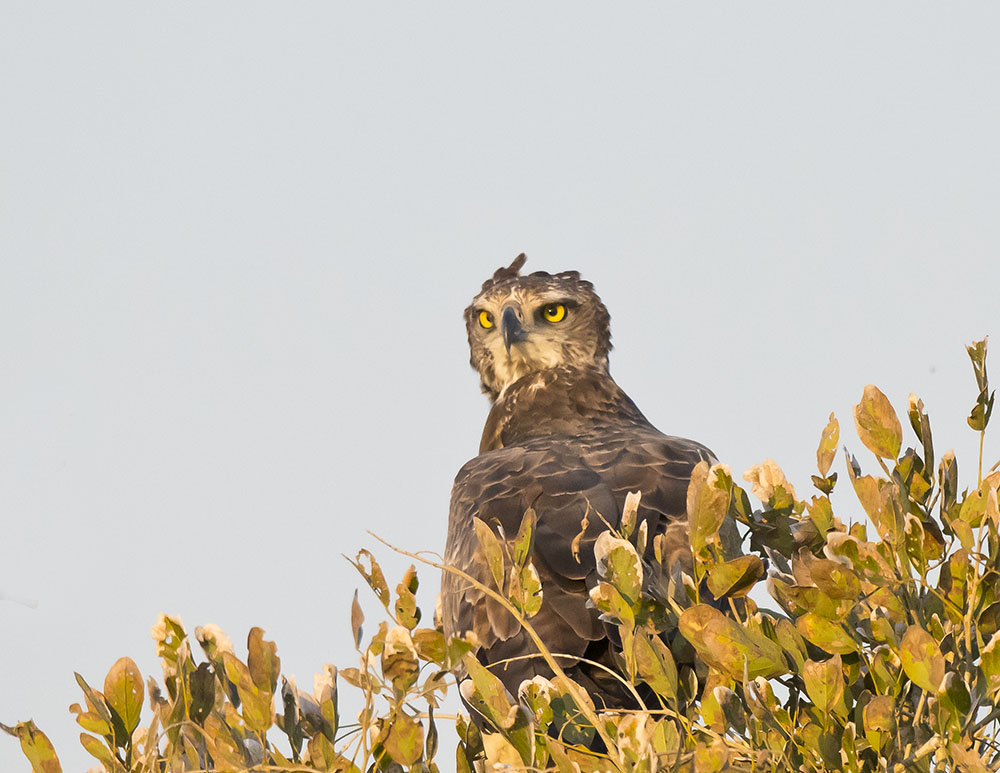
Further on we find our first Tawny Eagle.
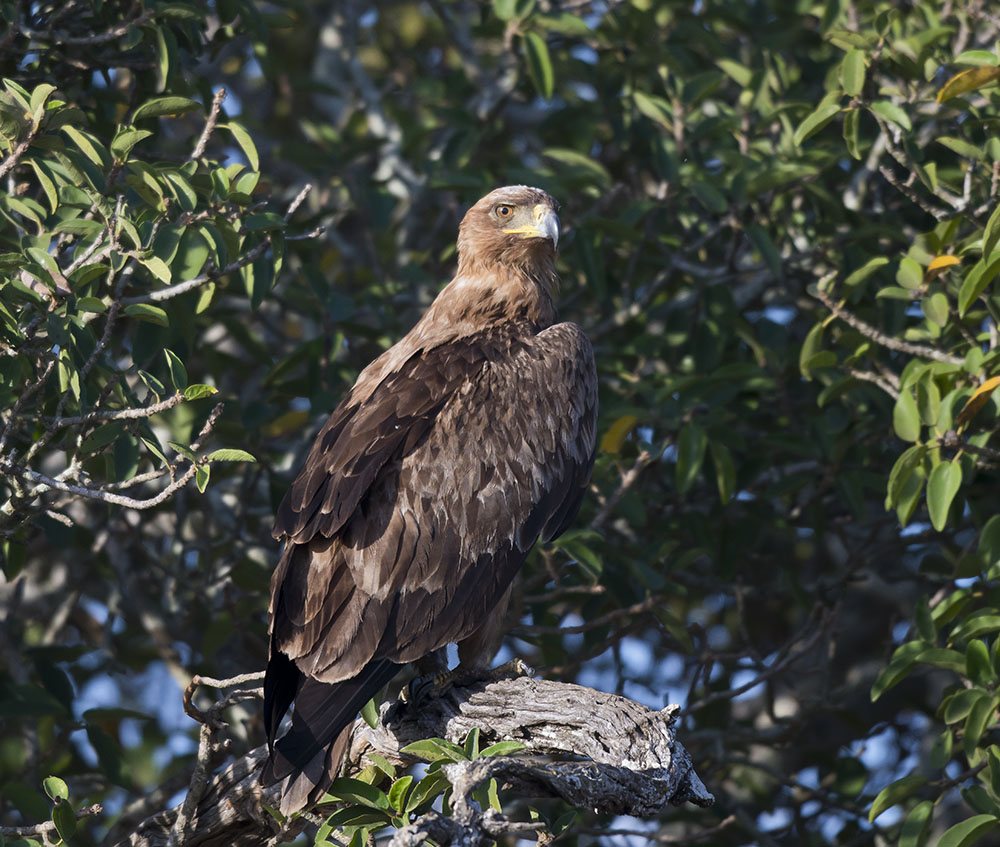
Tuesday, 30th Today is our last day at Lower Sabie and tomorrow we make the long 260km haul to Shingwedzi. We travel up the H4-1 Sabie river road which early in the morning has very little traffic. There are snippets of interest all along the way and we so enjoy this beautiful road.
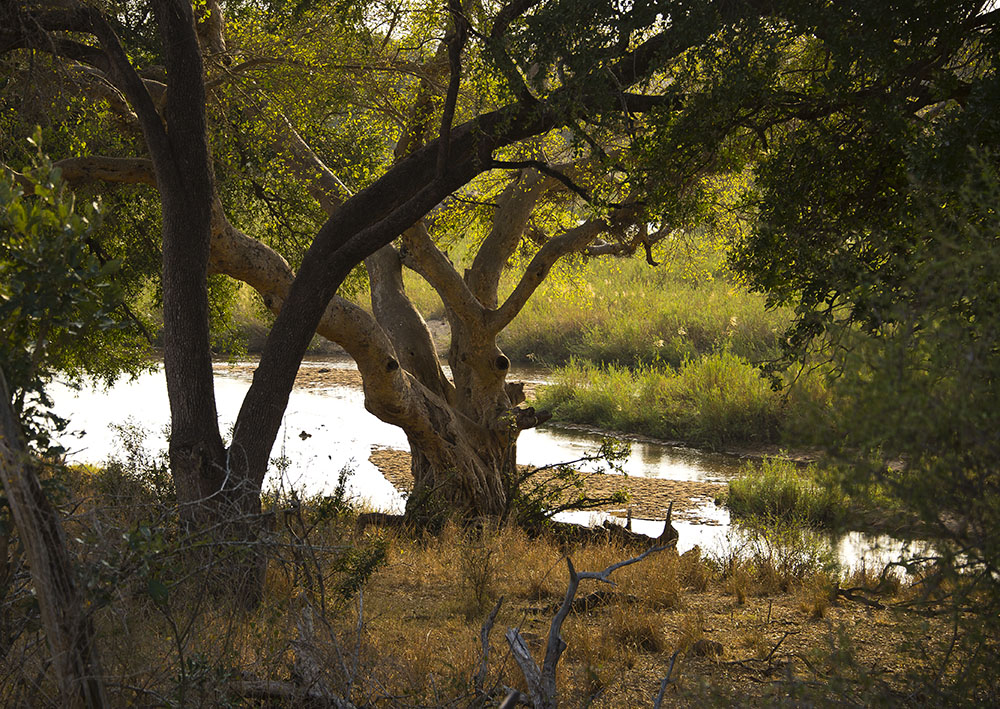
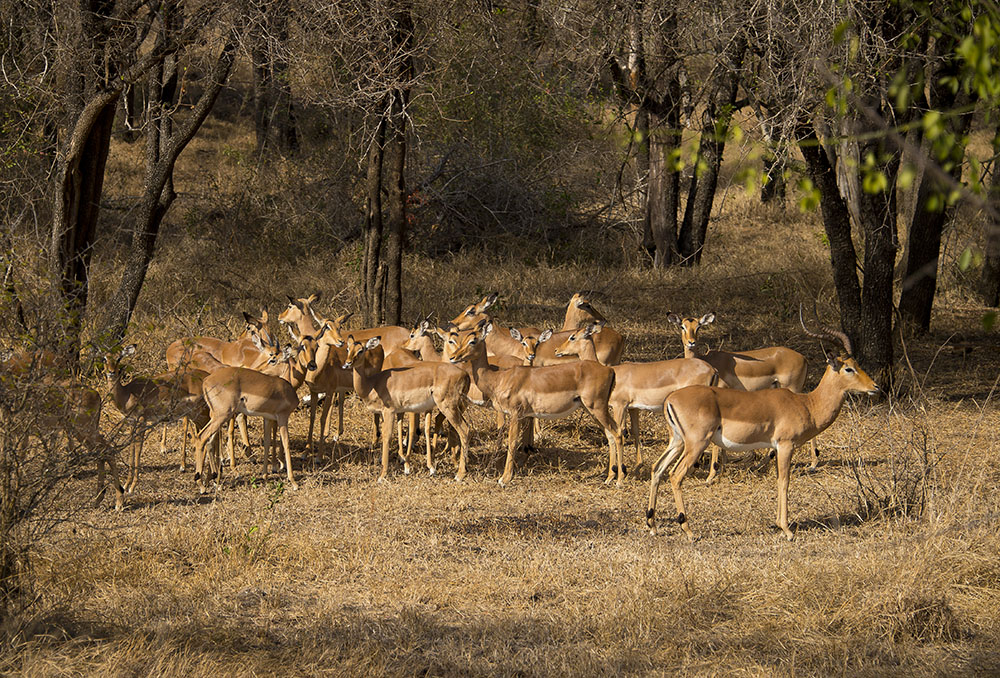
After we reach the high level bridge, we turn and retrace our steps to Nkuhlu for breakfast.
This road has plentiful birdlife. I would have thought that I would know all the tricks by now but Warren has taught me something really special. On the bushveld course that he did a few years ago, someone showed him the effect the the call of the Pearl Spotted Owlet has on other birds which will mob this predatory owlet. So after Nkuhlu I decide to try this out – with spectacular results. I barely play the Owlet call for 10 seconds and all types of birds arrive from all directions packing a nearby tree and giving me ample opportunity for some good photos. The following were all taken this morning at this one spot. Amazing.
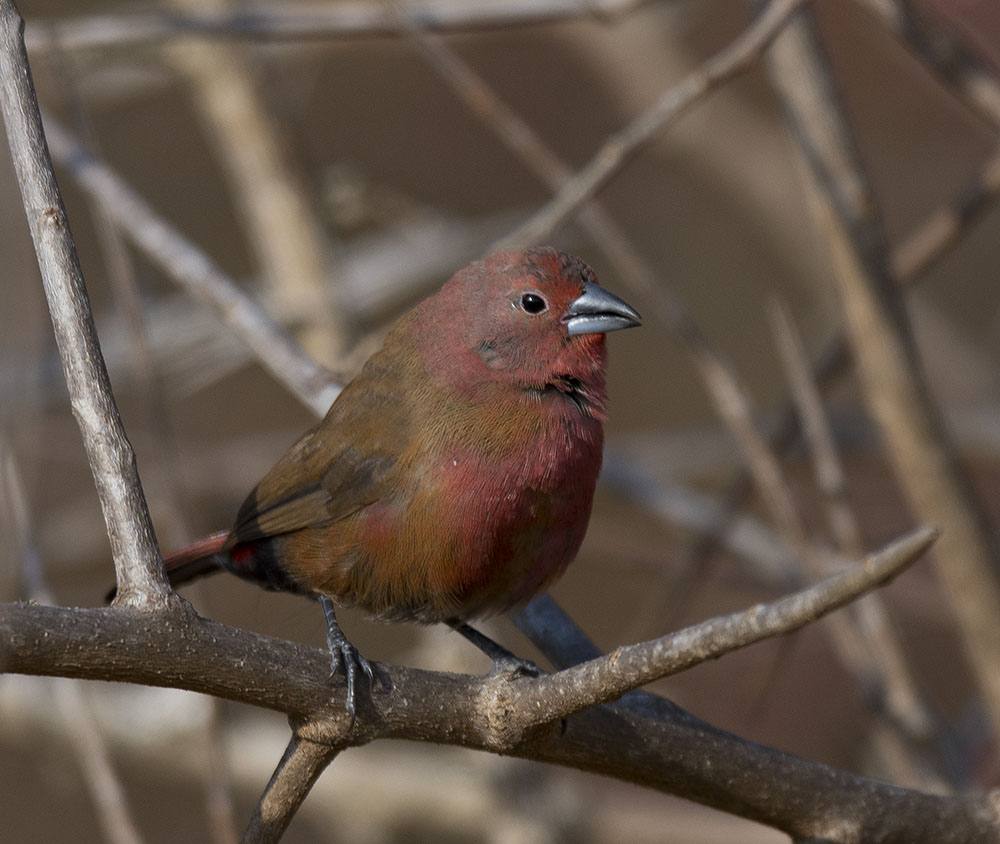
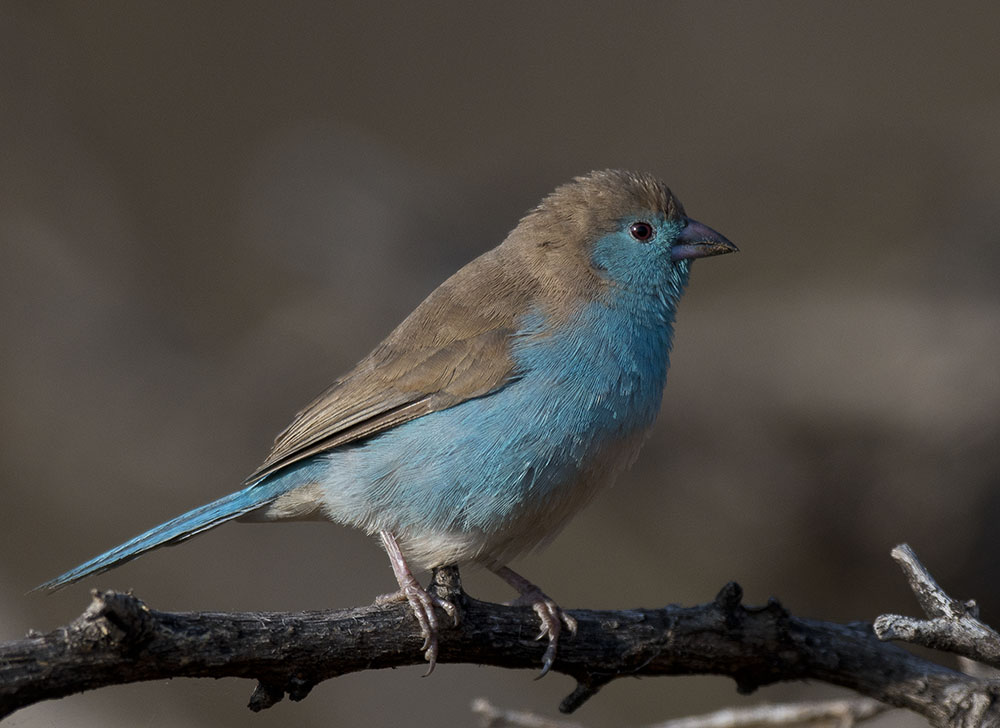
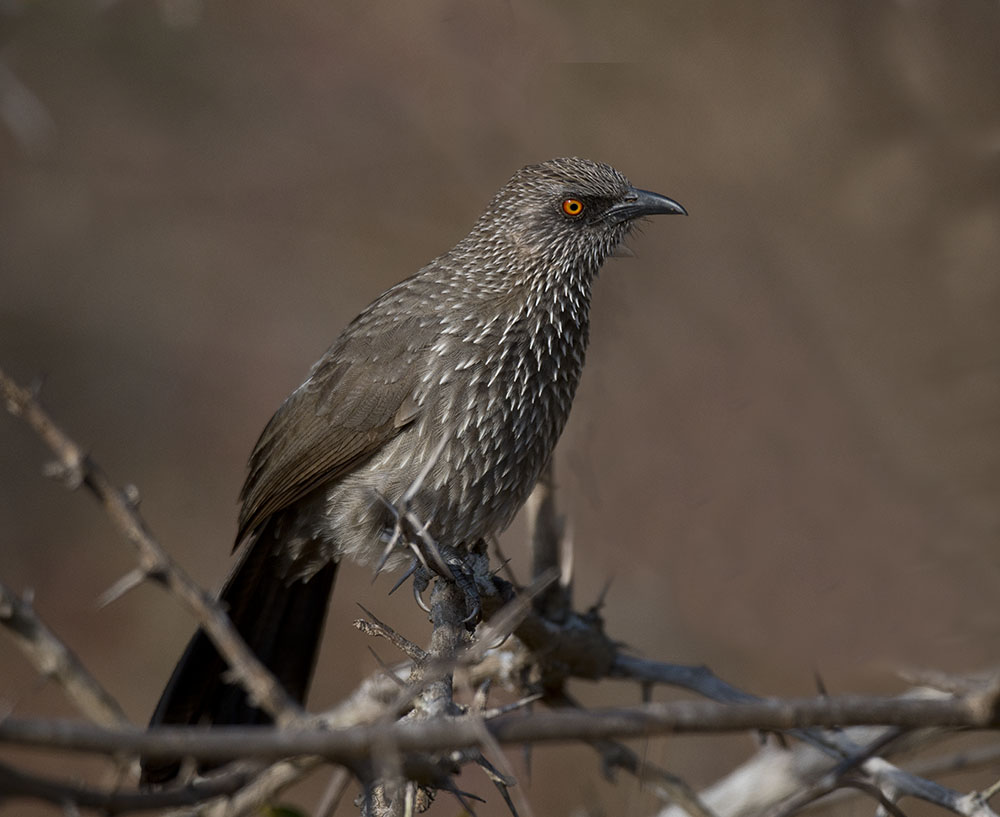
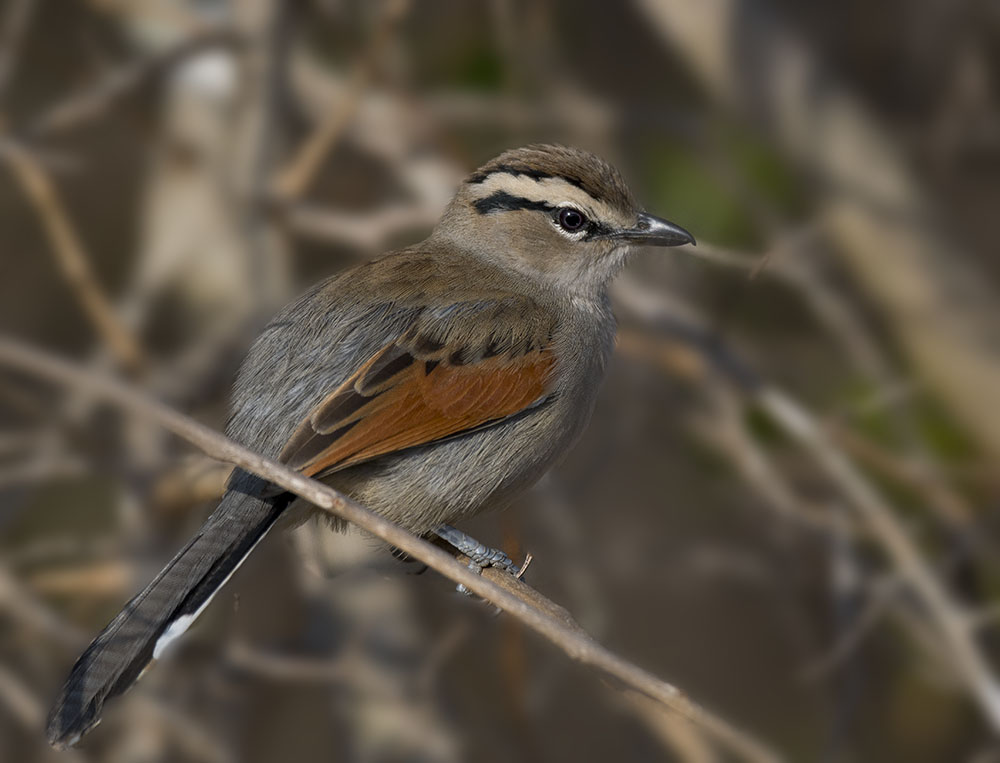
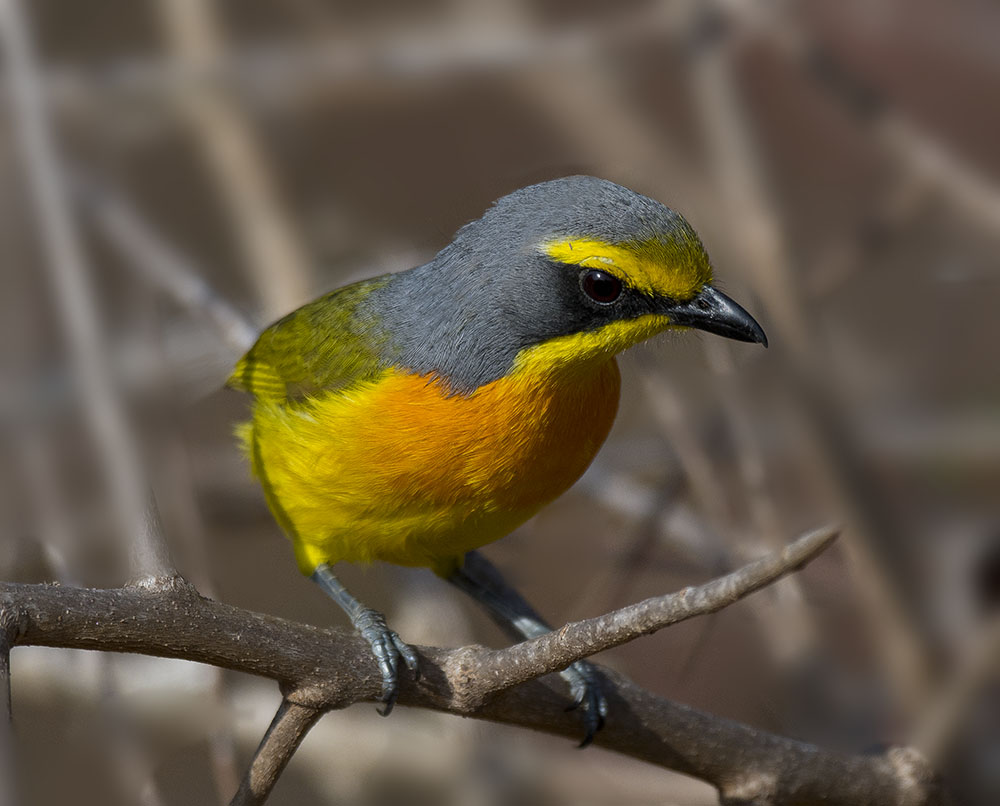
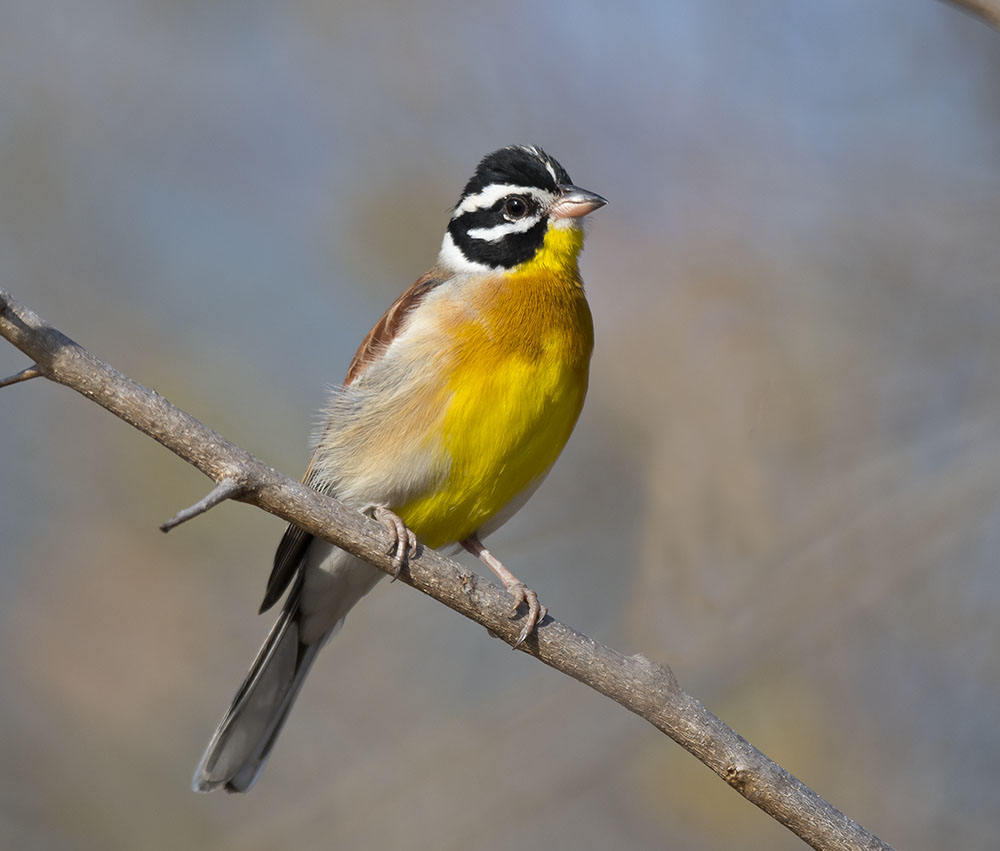
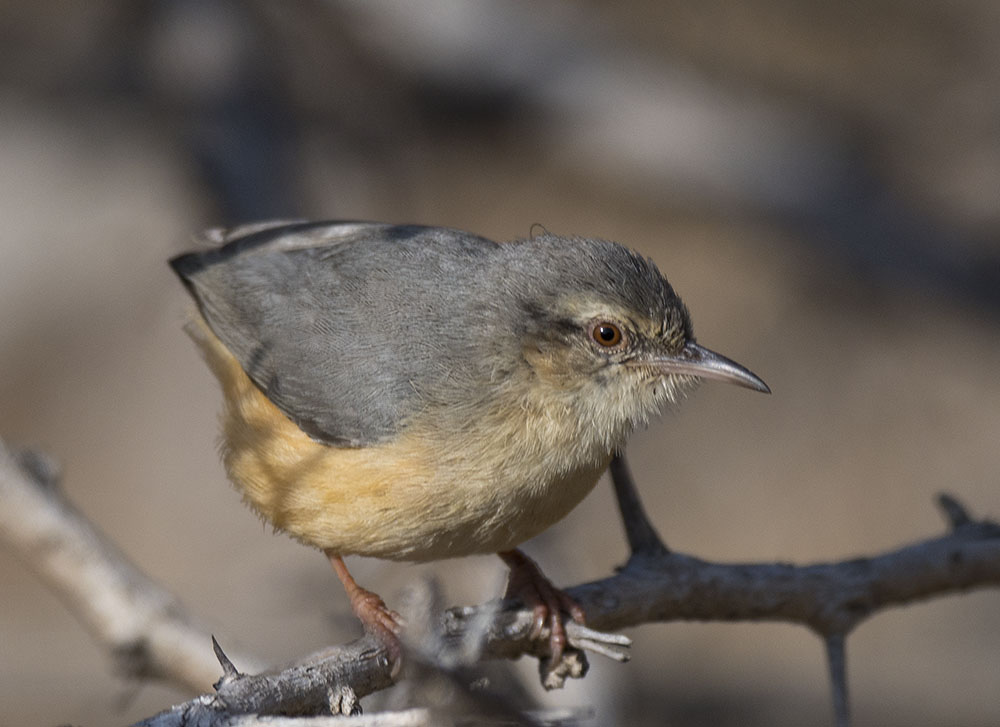
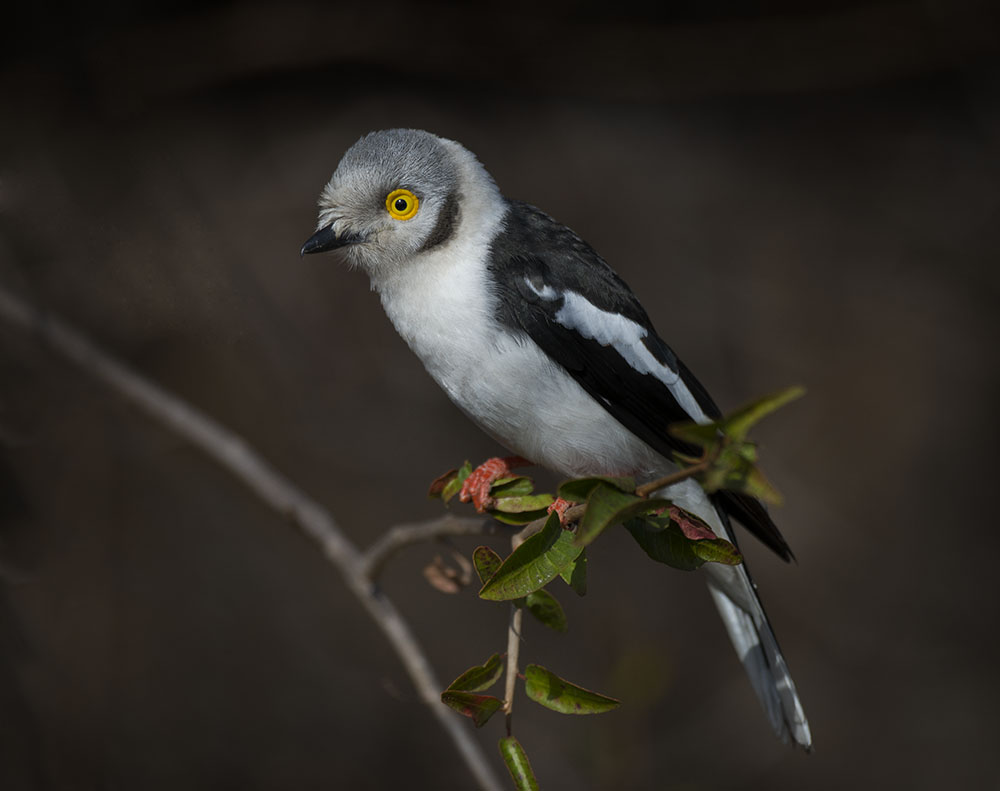
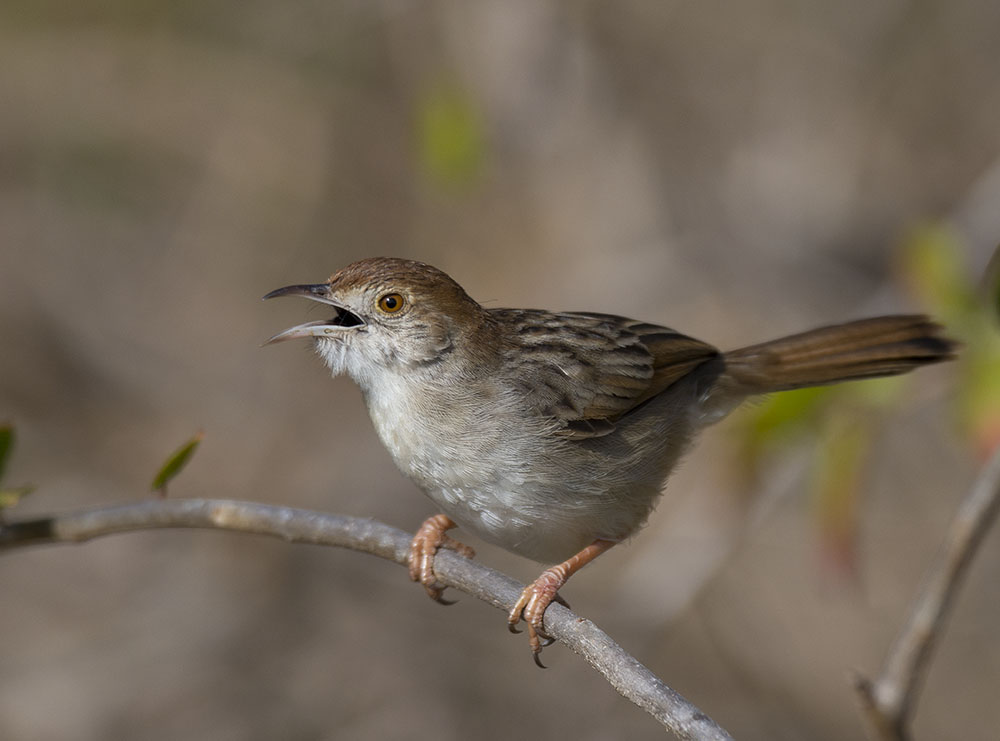
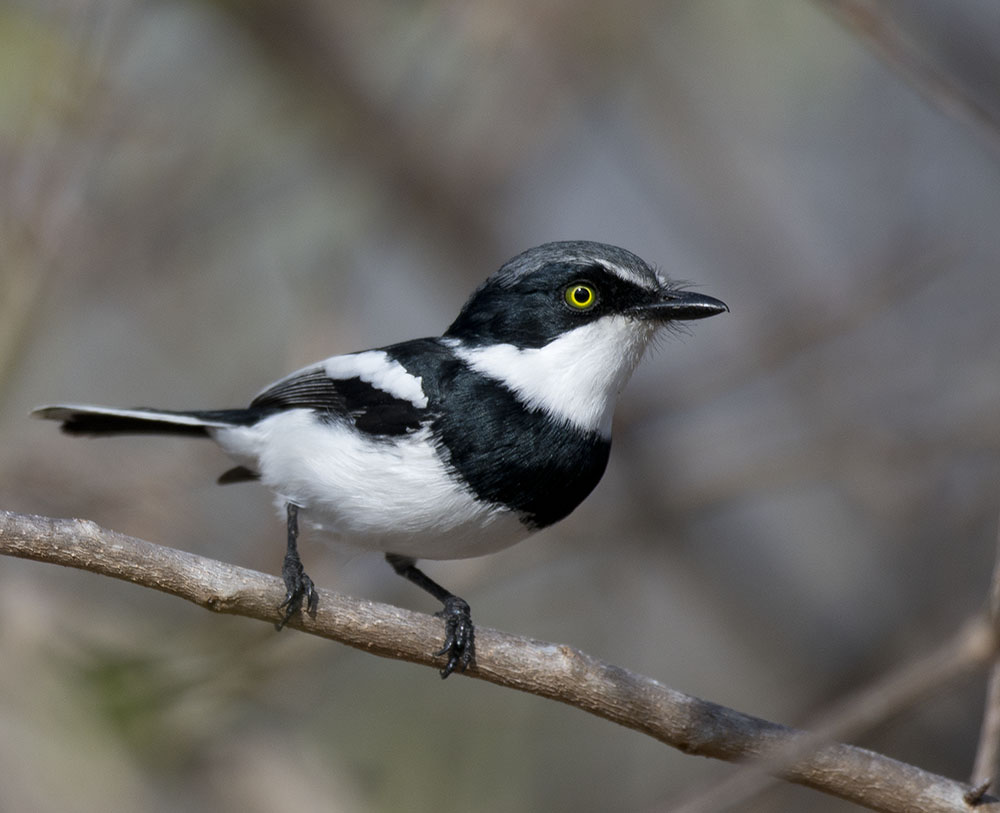
And that is not all. There were Weavers, Puffbacks, Sunbirds and others there too. Quite extraordinary.
Near the Nwatimhiri bridge, we come across this very edgy White Rhino. Rather it loses its horn than its life which is the Sanparks strategy now.
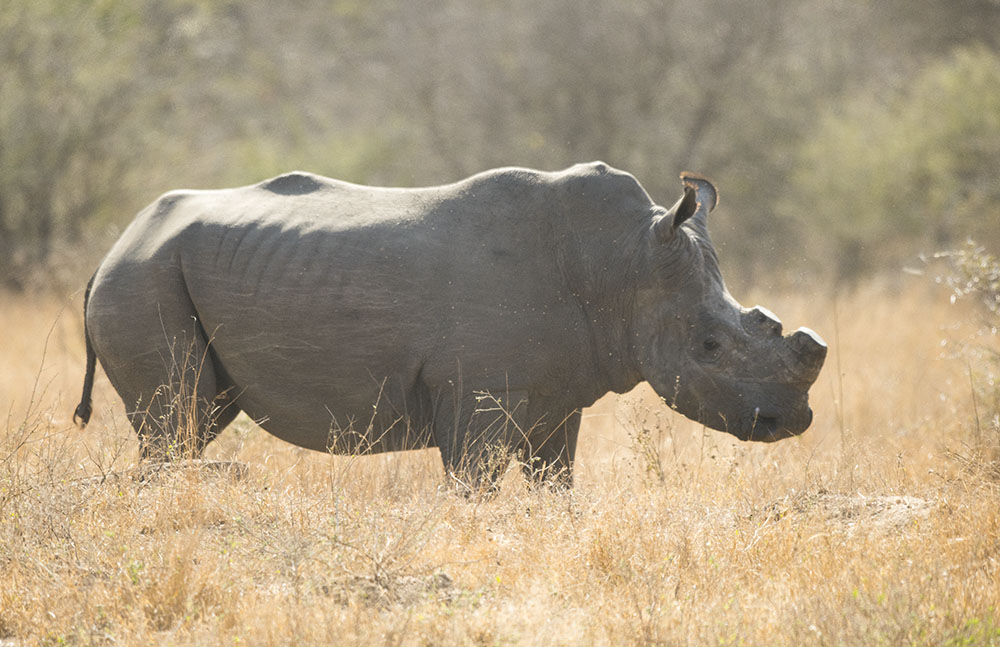

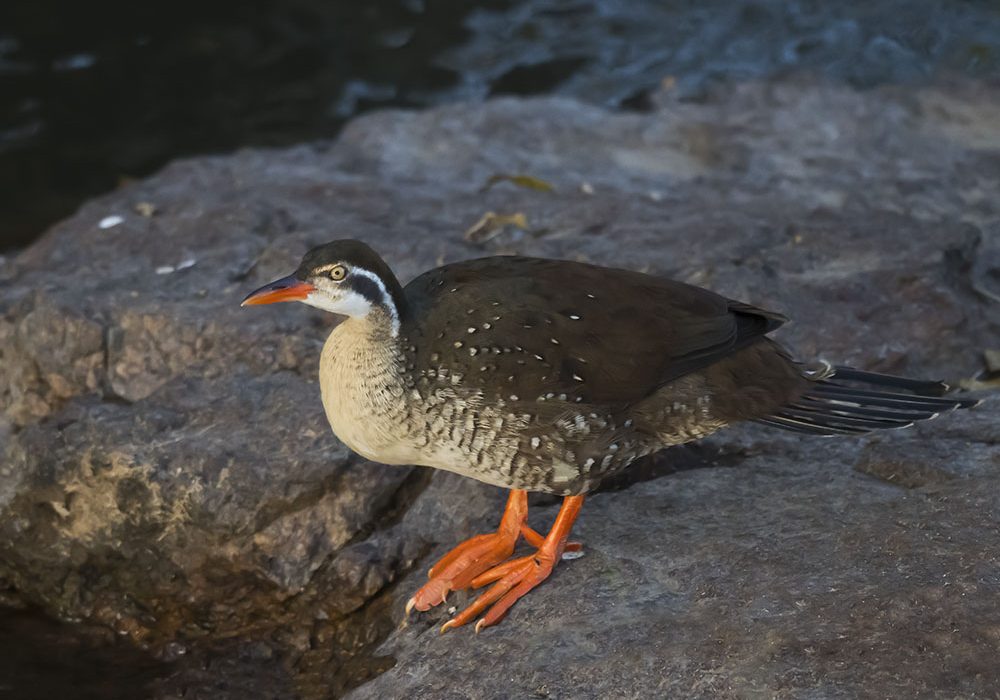
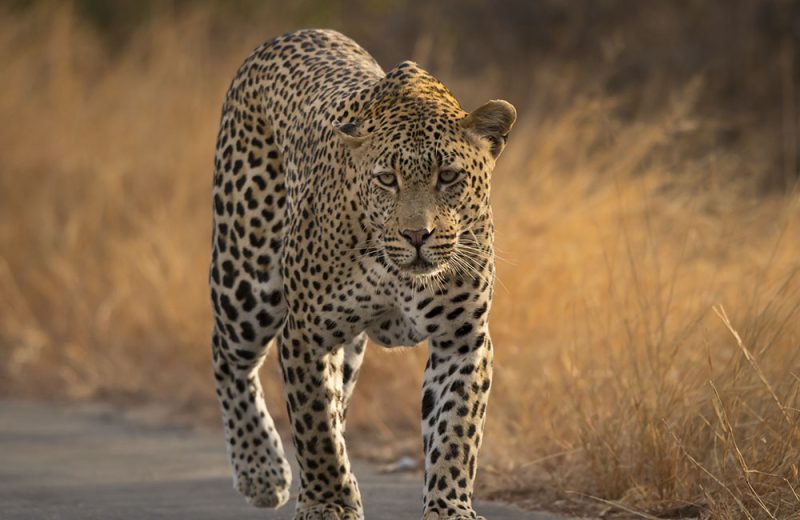
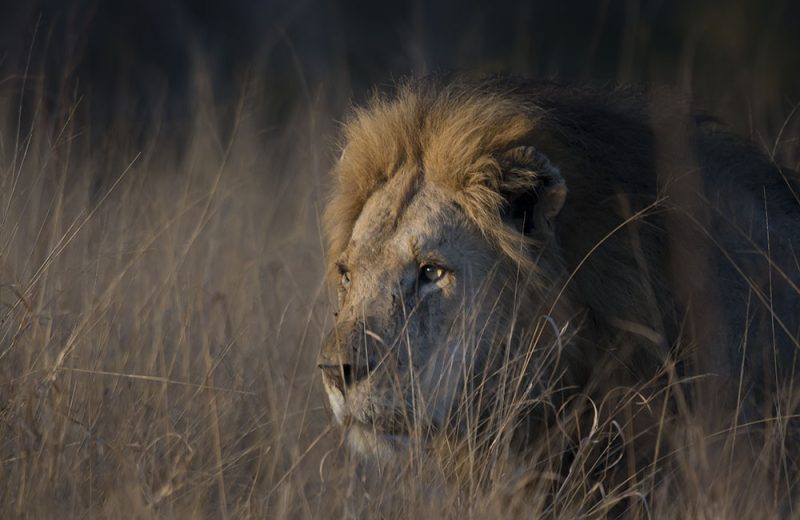
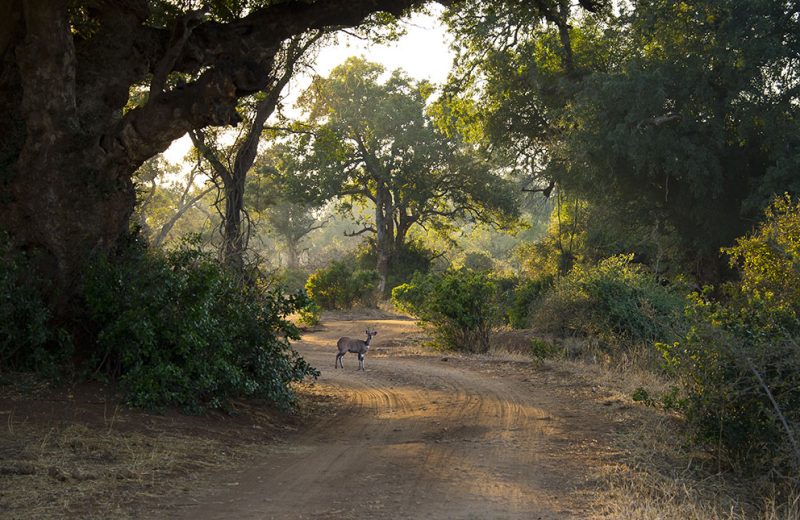
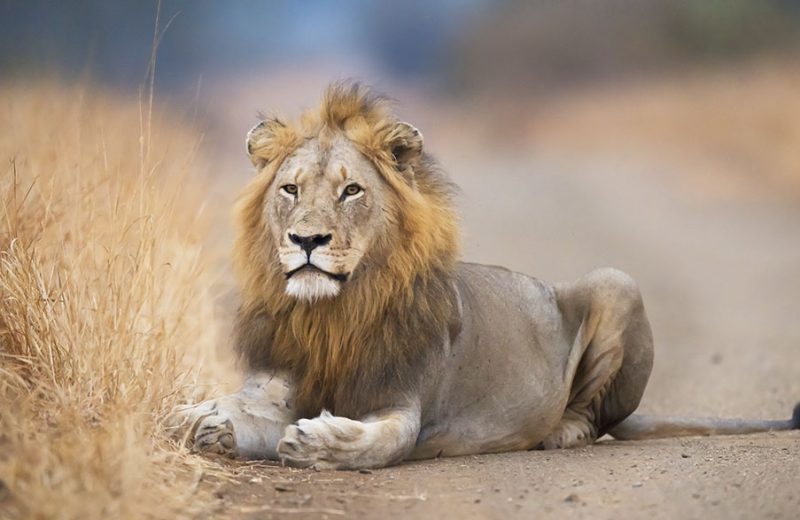
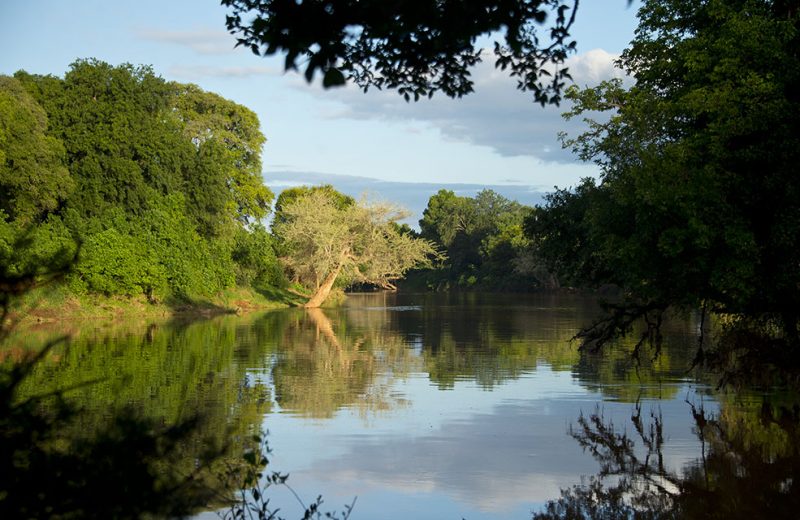
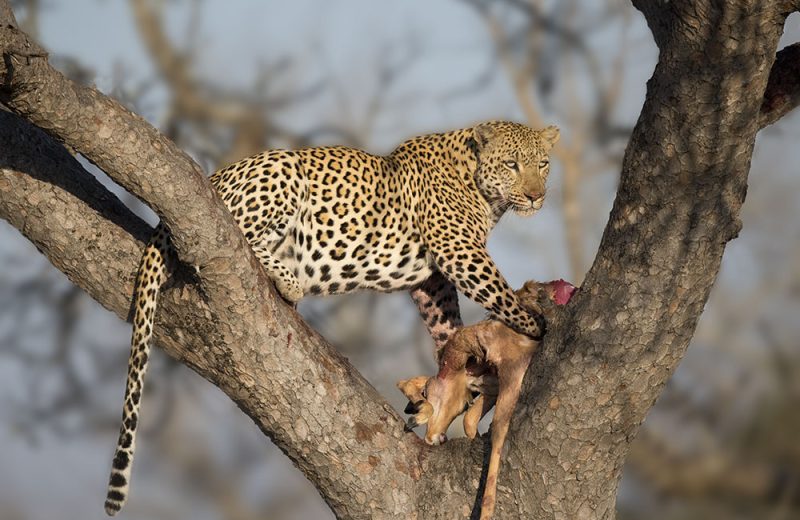
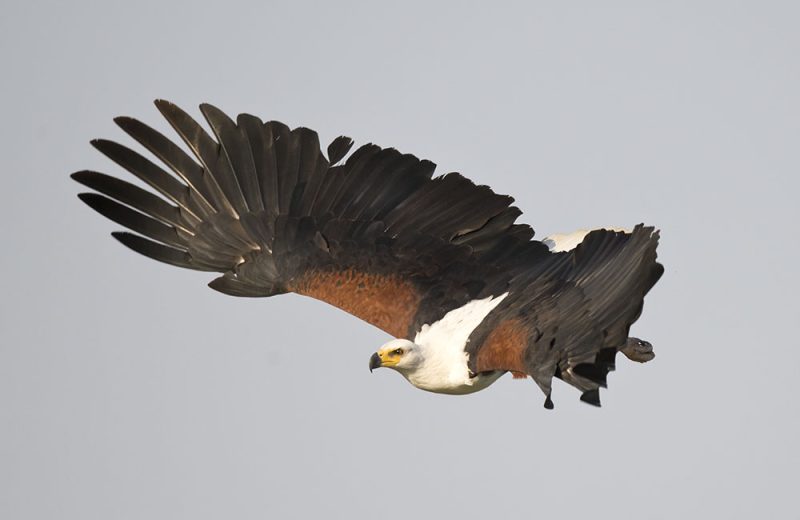
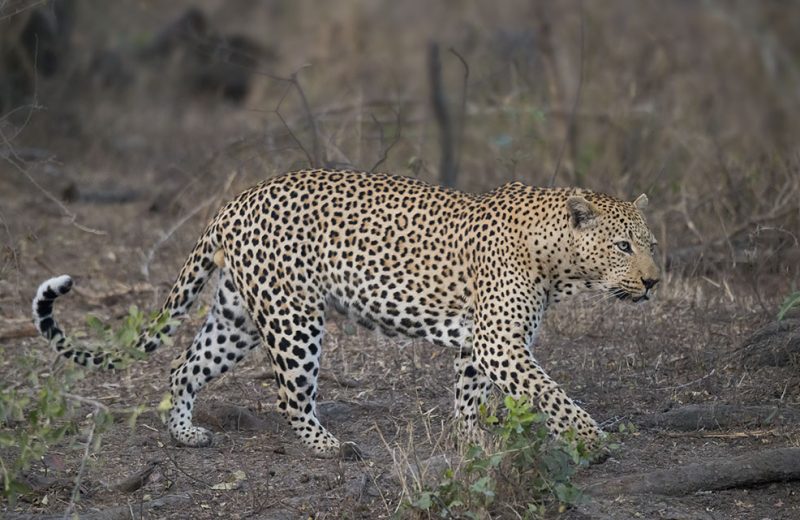
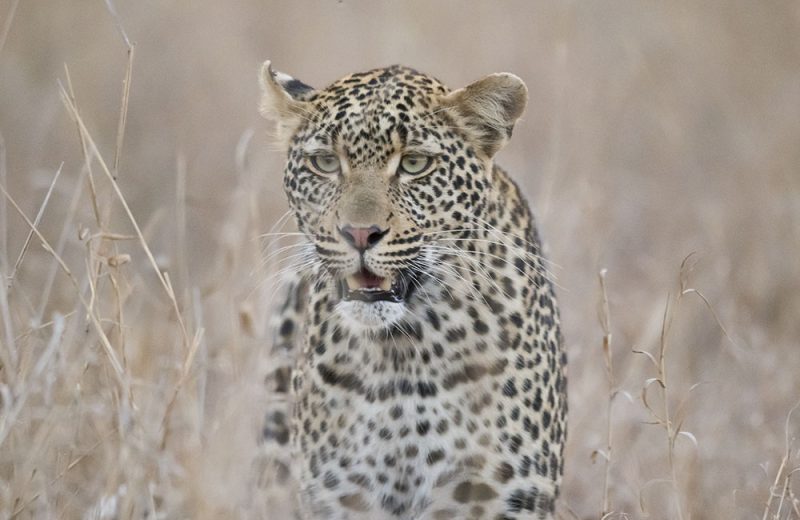
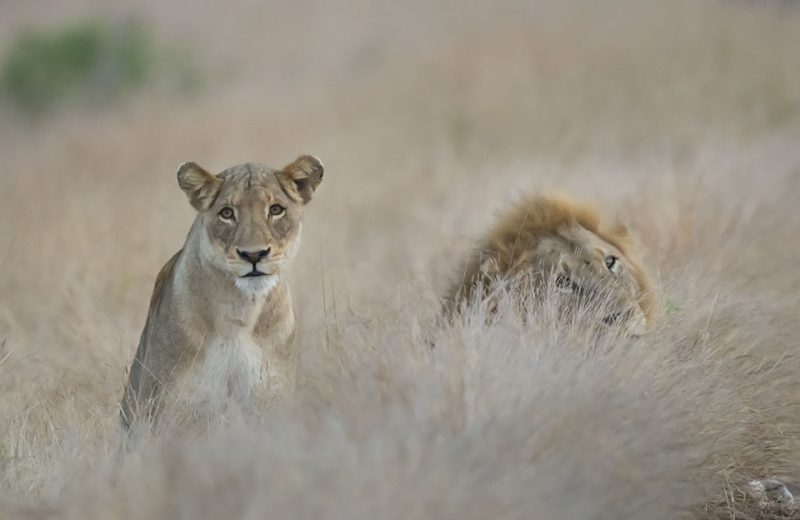
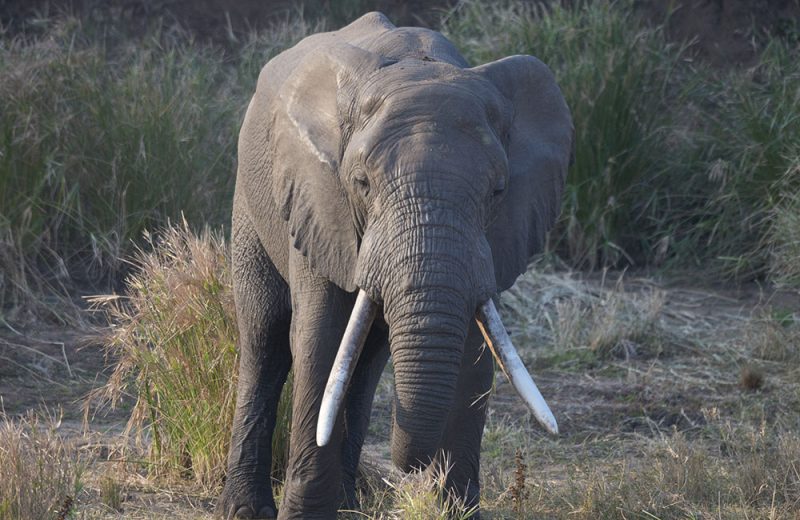
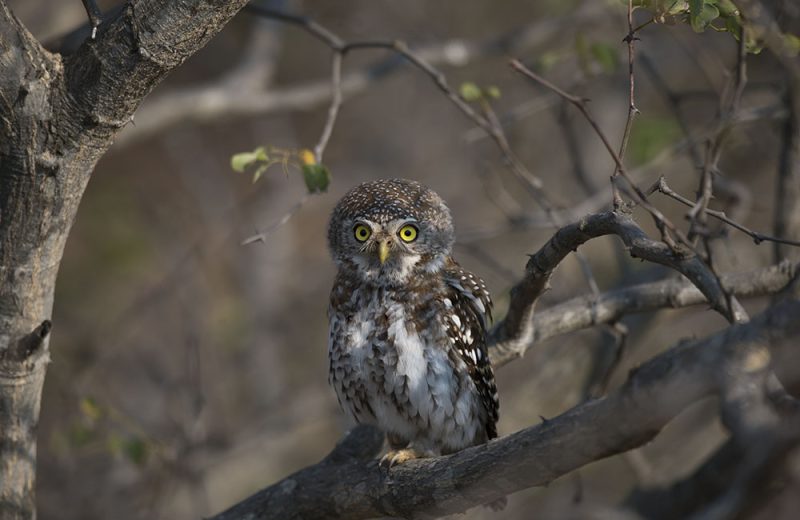
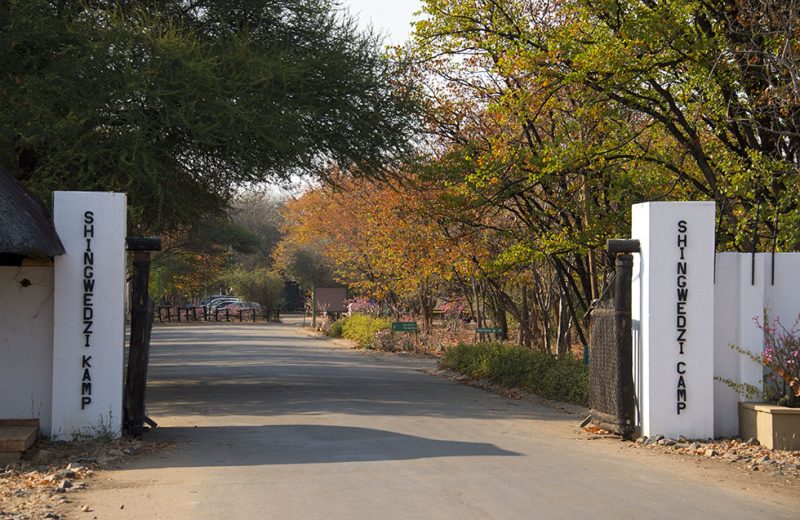
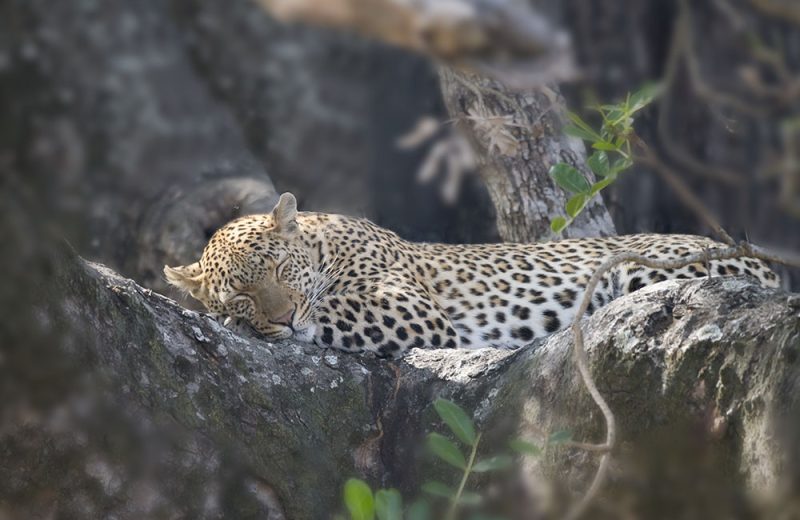
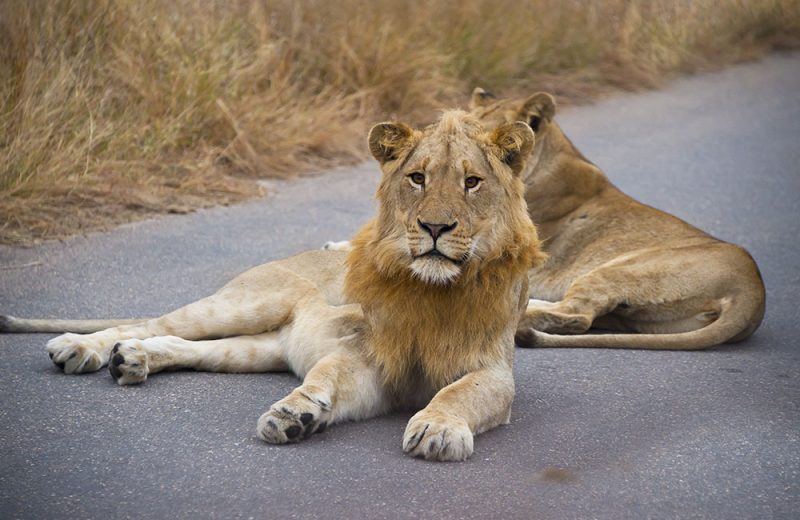
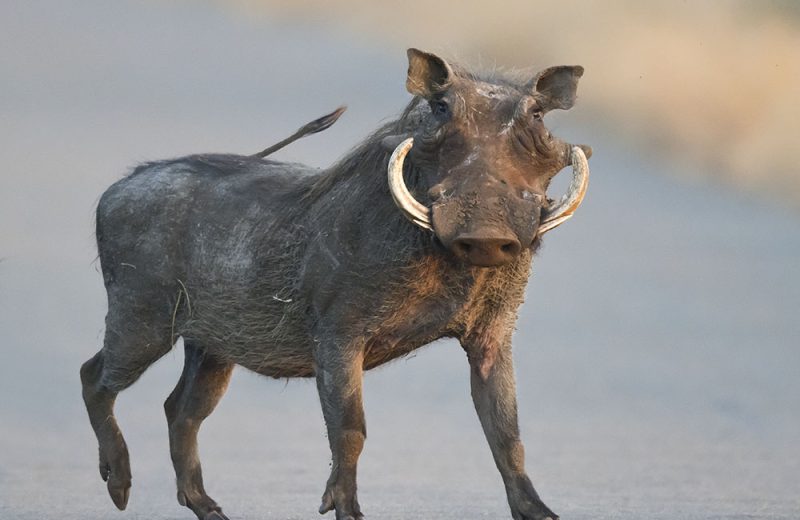
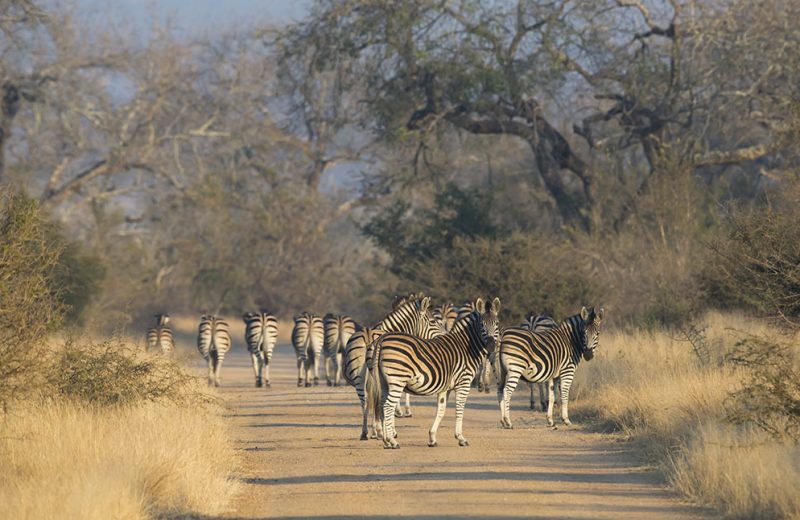

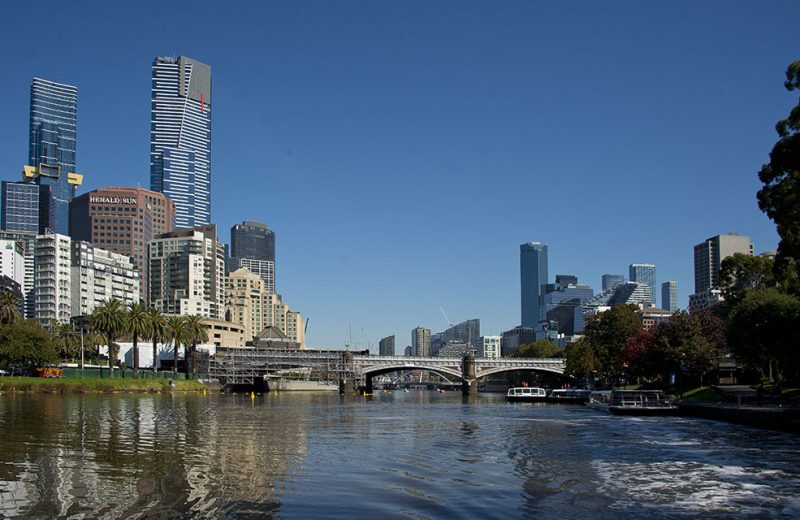
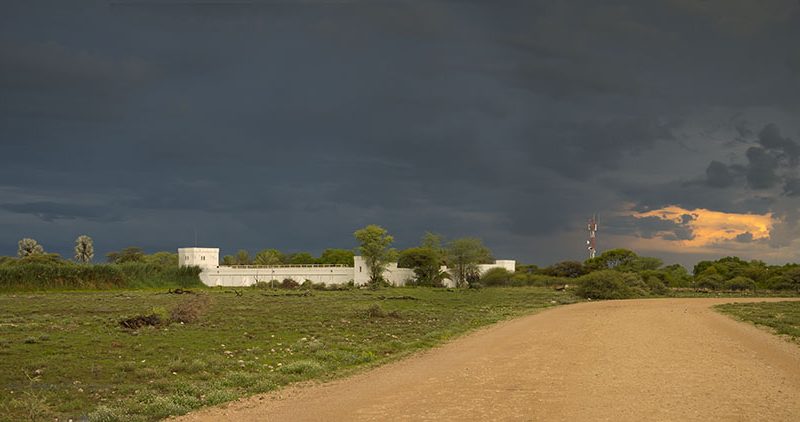
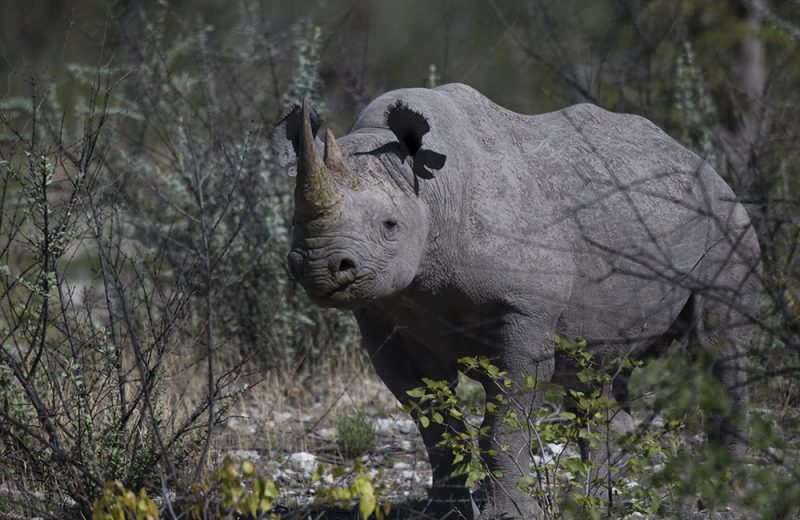
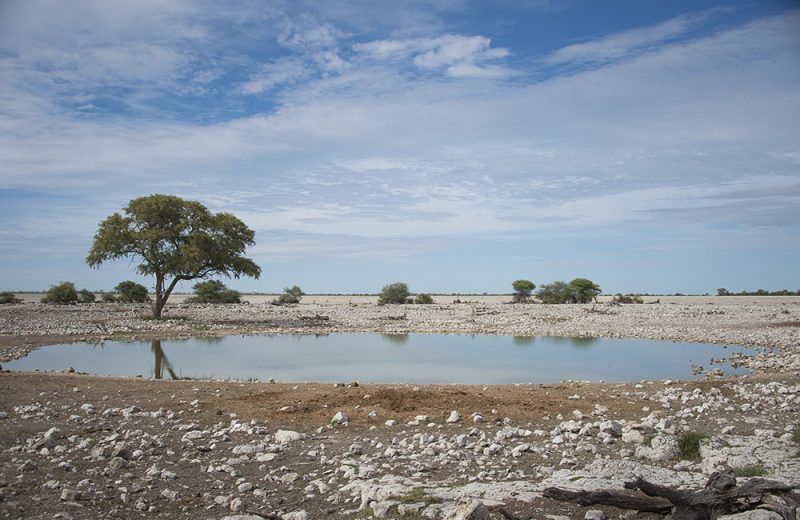
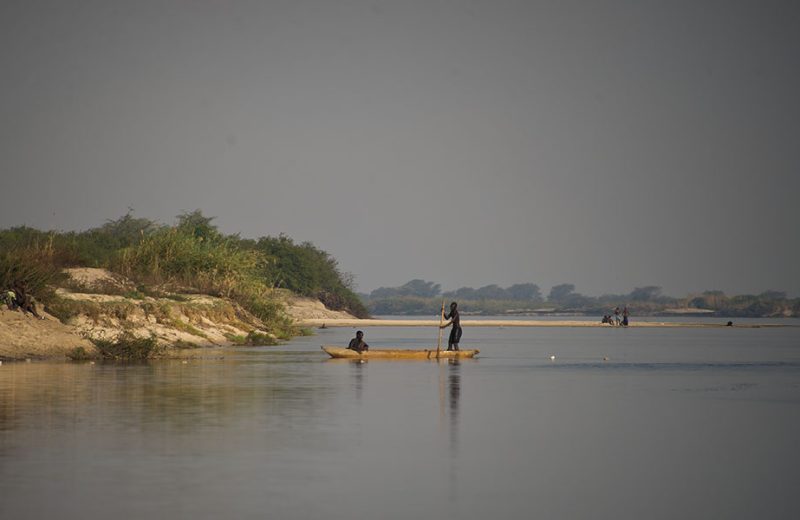
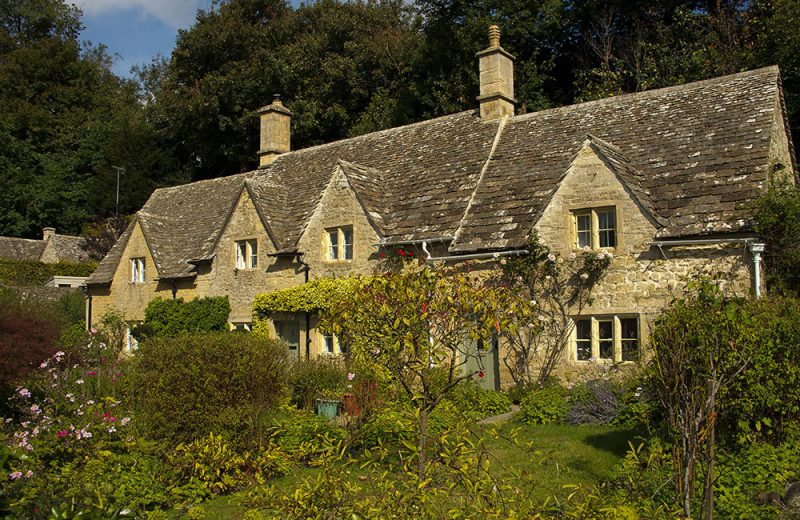
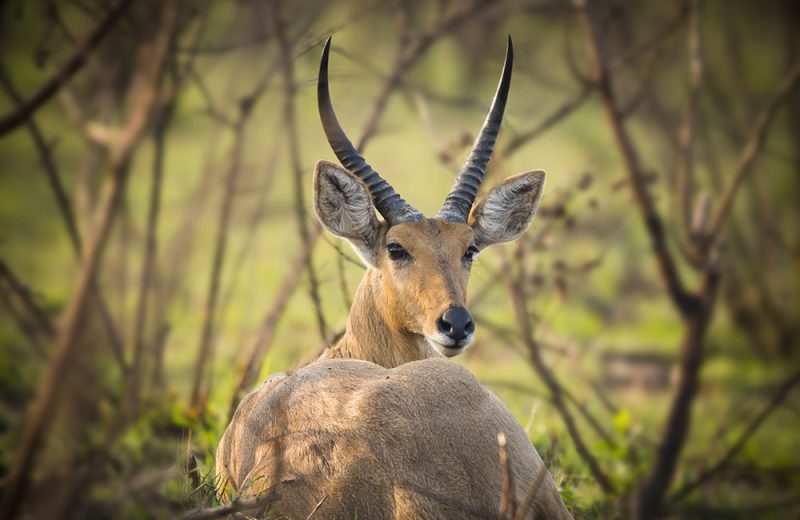
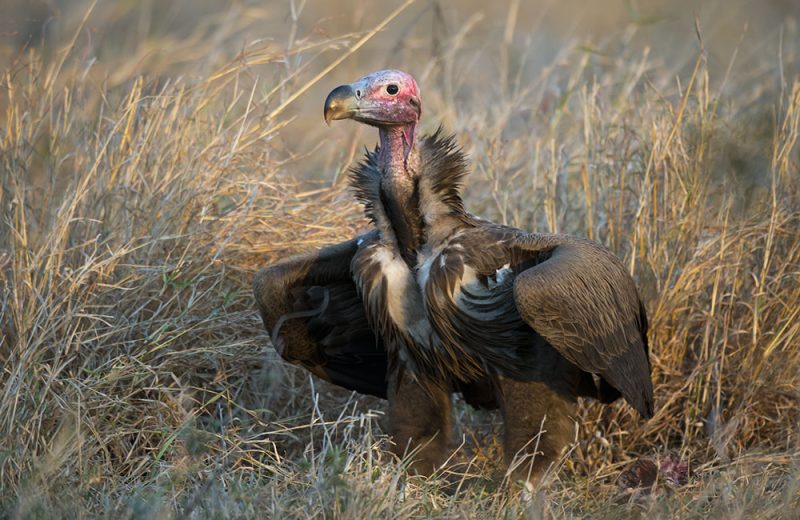
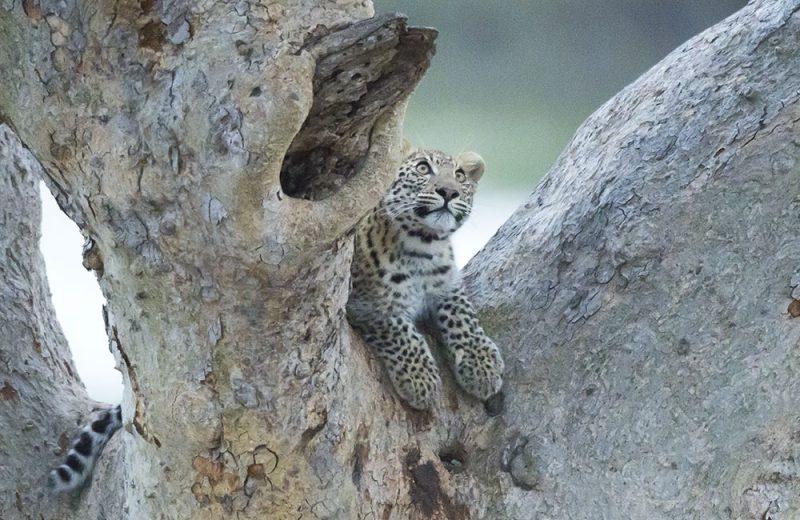
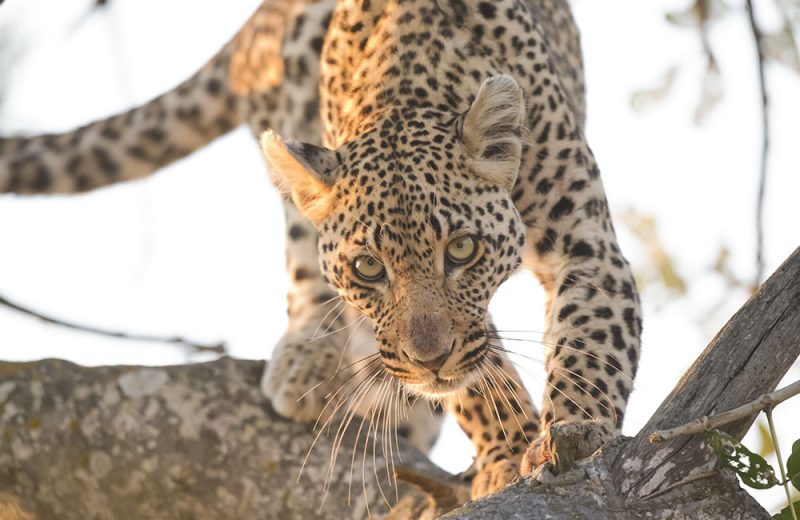
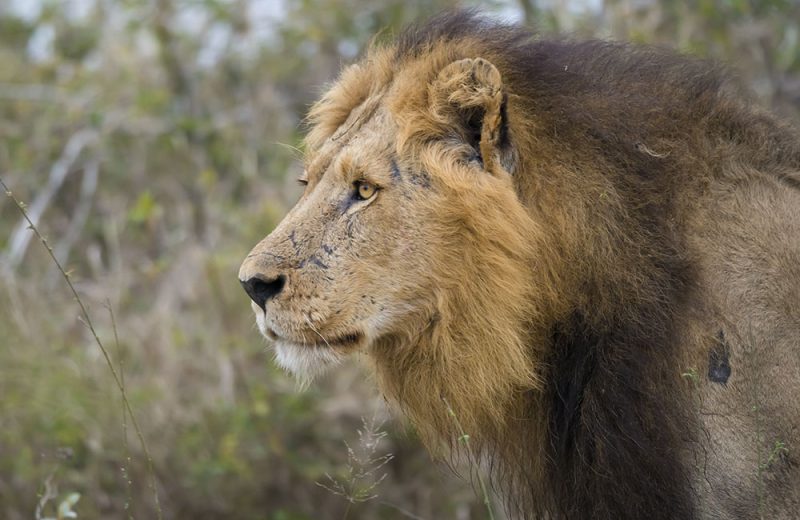
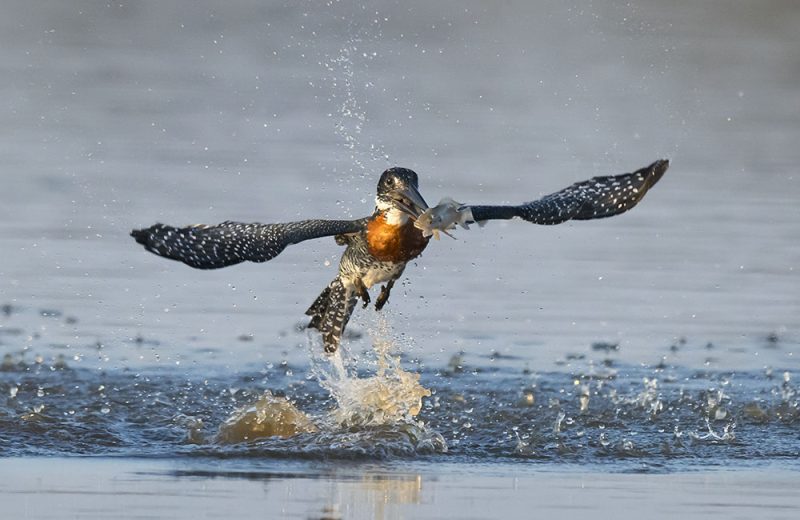
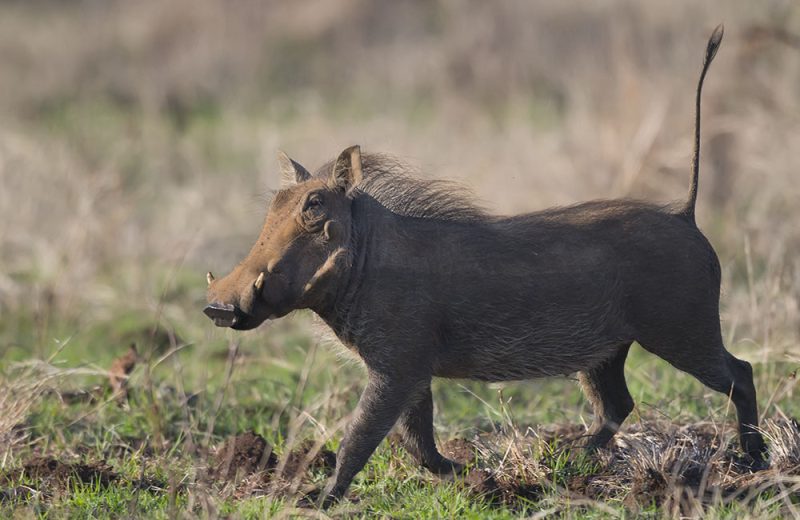
1 Comment
Jenny Cooper July 30, 2024 at 11:56 pm
Amazing bird photography, strange the little things that you learn in your life…Jenny Cooper